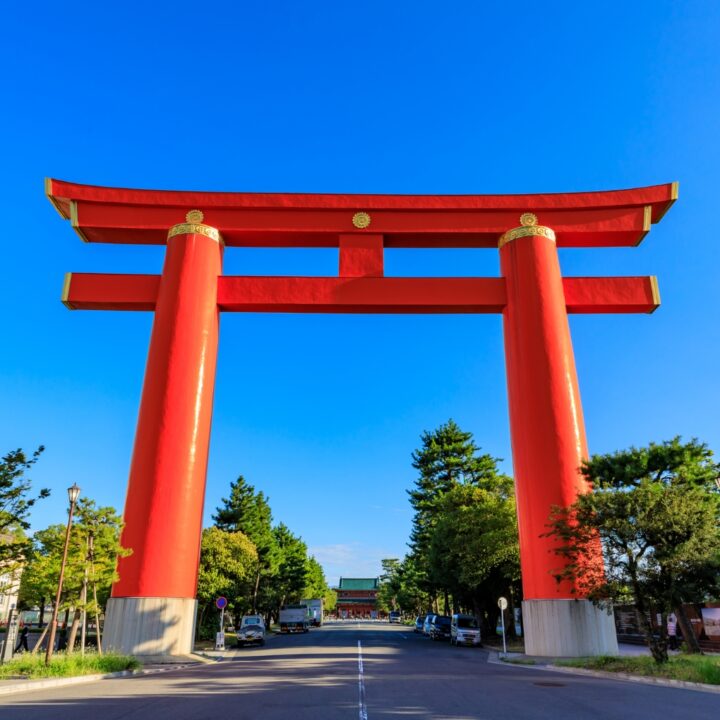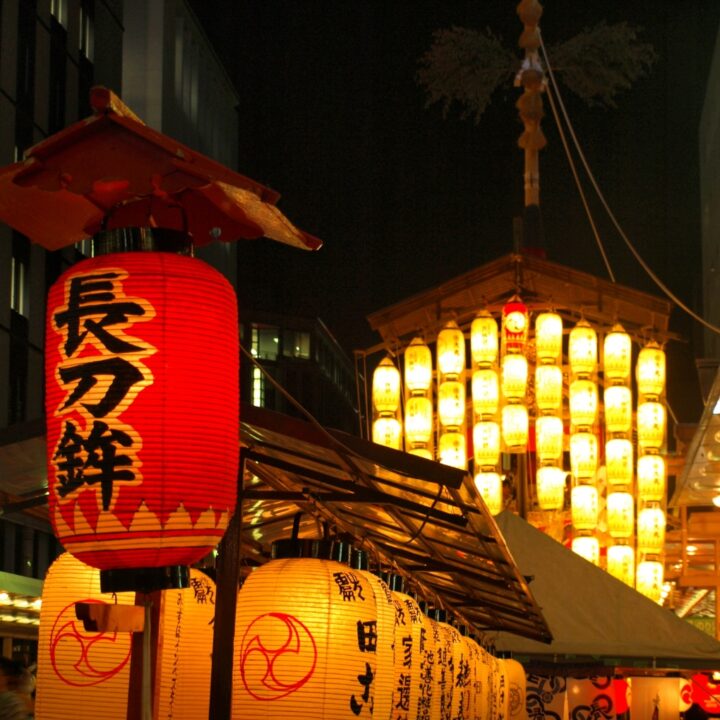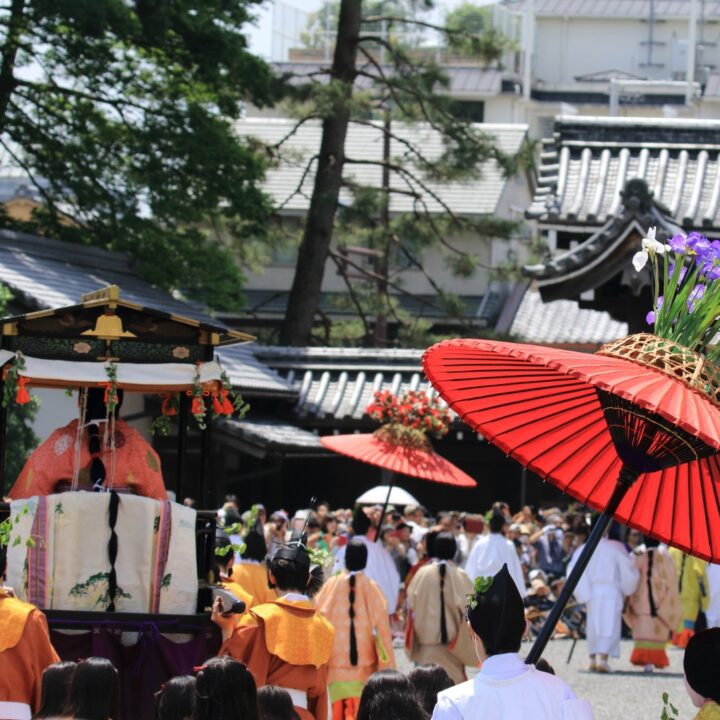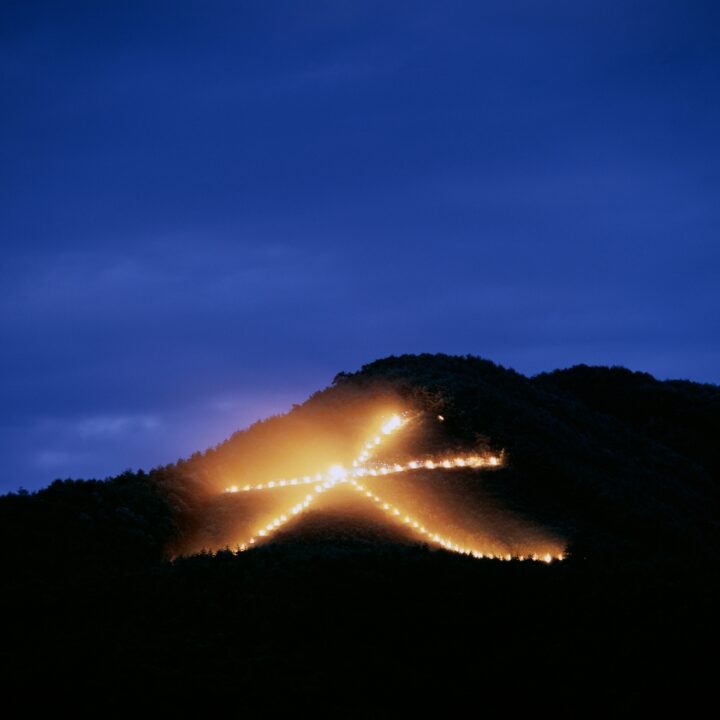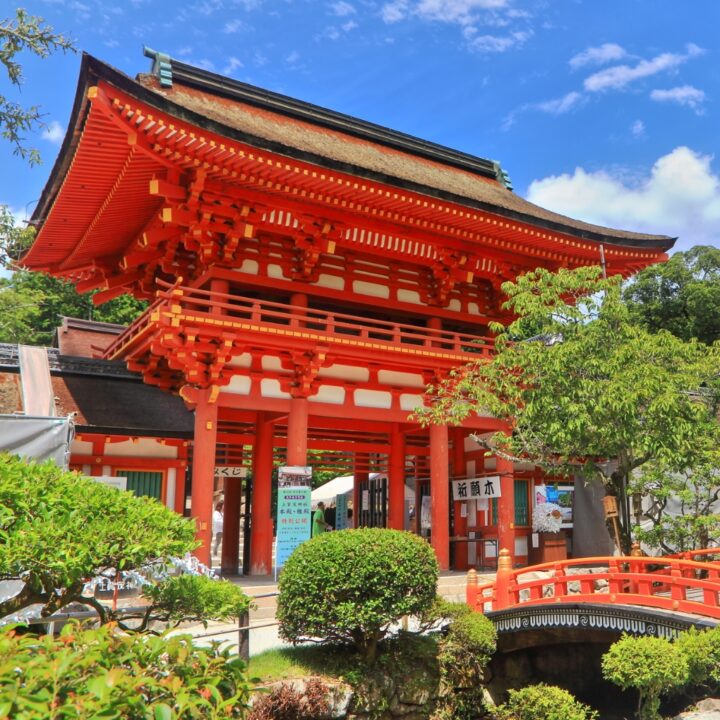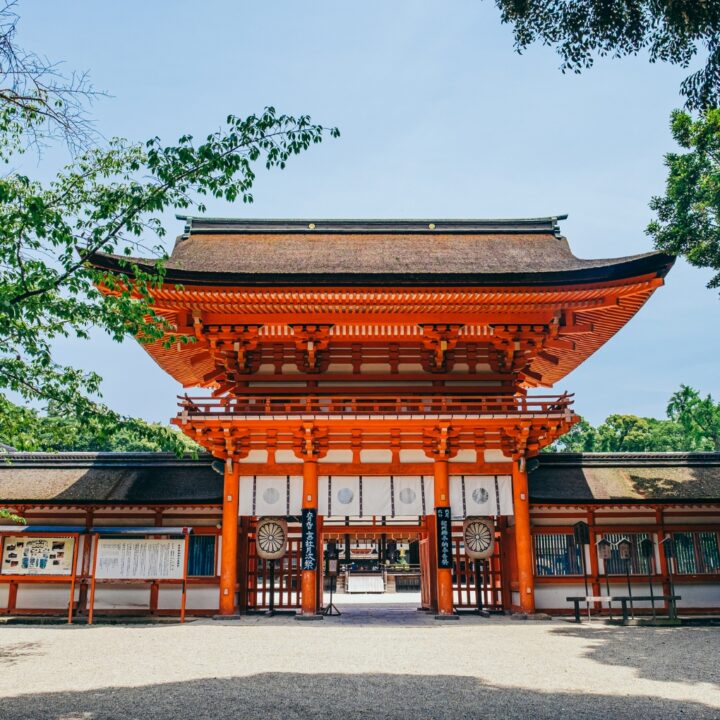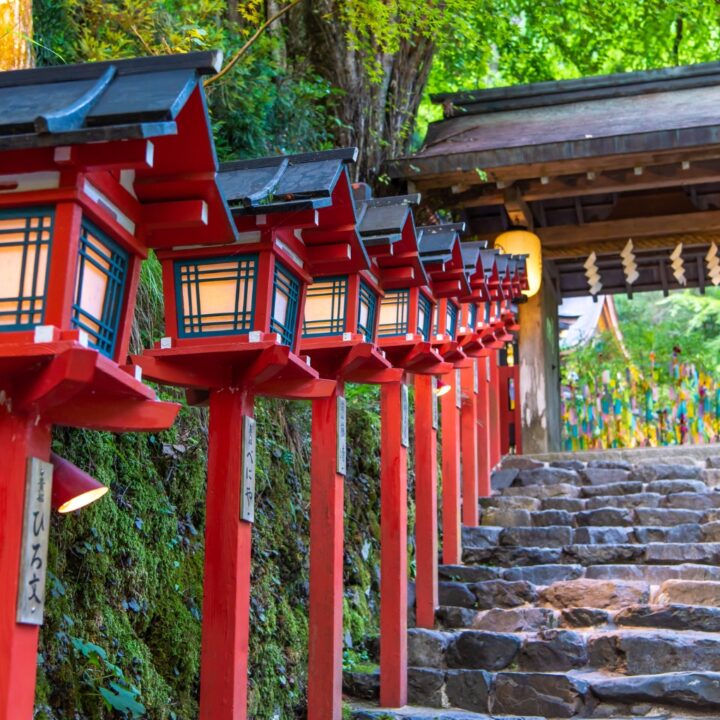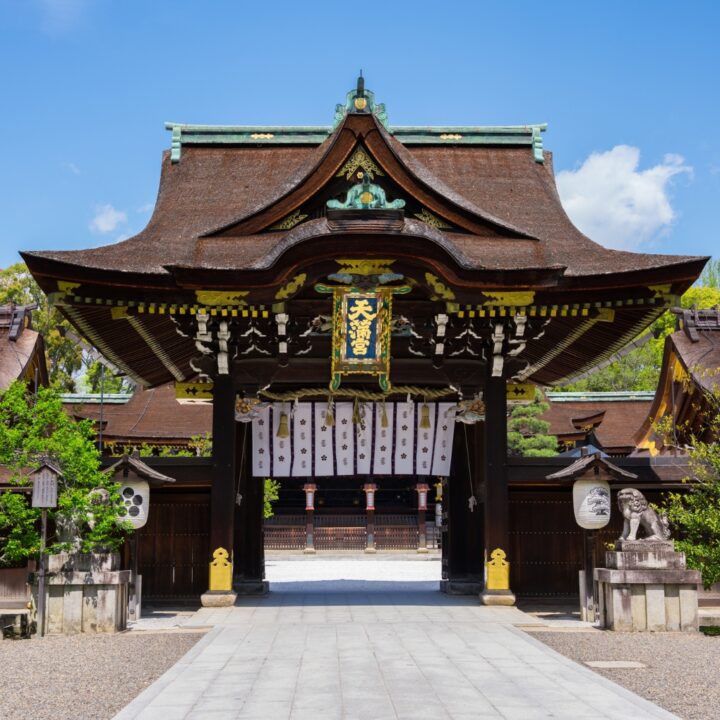The Jidai Matsuri is the annual festival of Heian Jingu Shrine, held every year on October 22nd in Kyoto. The highlight is the Jidai Matsuri Parade, a reenactment of Kyoto’s roughly 1,000-year history from the Meiji Restoration to the relocation of the capital to Heian-kyo (present-day Kyoto). Approximately 2,000 Kyoto residents don period costumes and parade through the streets in a spectacular pageant reminiscent of a historical picture scroll. Through the Jidai Matsuri, immerse yourself in the history and culture of the ancient capital, reminiscing on the spirit of Kyoto’s forebears. Don’t miss this grand autumn event that colors the city.
Jidai Matsuri (Jidai Festival)
Experiencing Kyoto’s Historical Pageantry through the Jidai Festival Parade
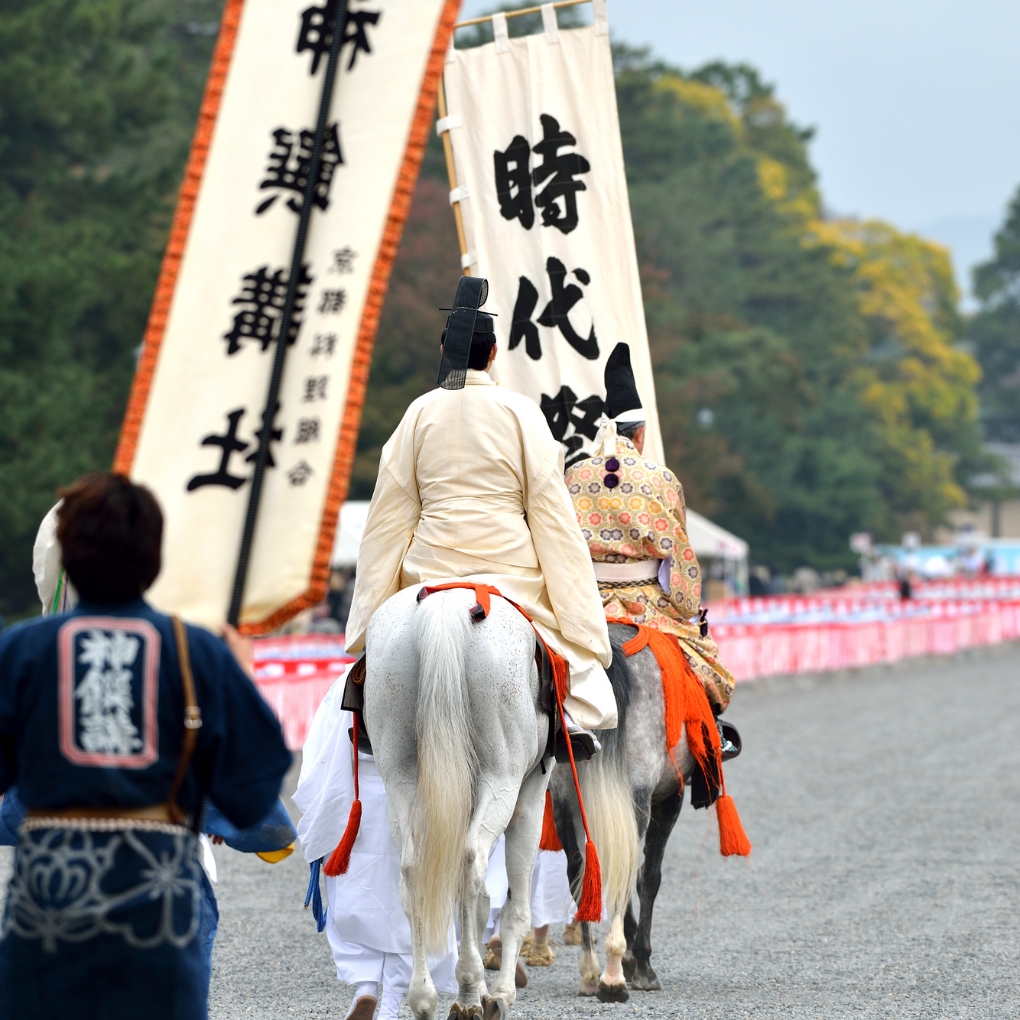
Highlights
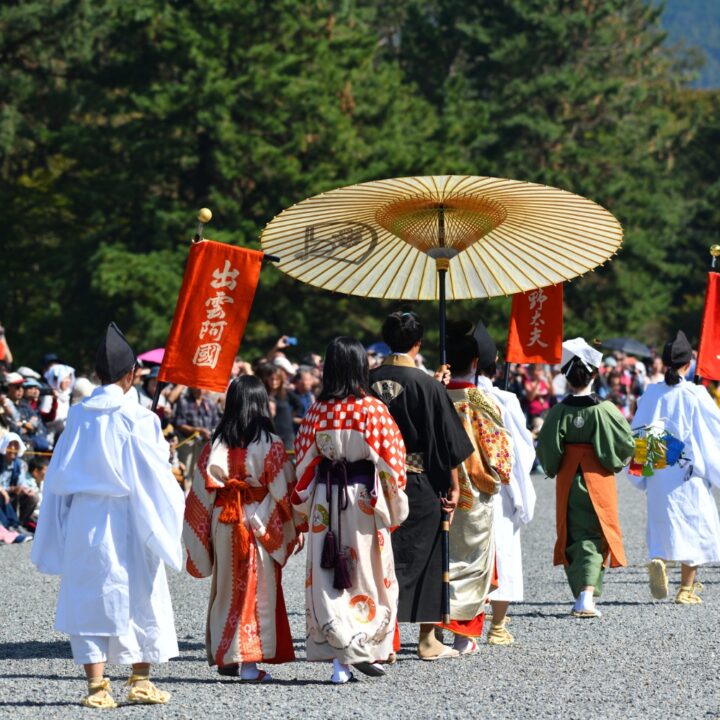
Experiencing the Passage of Time
The centerpiece of the Jidai Matsuri is undoubtedly the Jidai Matsuri Parade. Over the course of about two hours, it reenacts roughly 1,000 years of Kyoto's history, from the samurai of the Meiji Restoration to the Heian aristocracy. The procession features impersonators of historical figures like Katsura Kogorou, Saigo Takamori, and Oda Nobunaga in a breathtaking spectacle. Marvel at the intricate detail in the costumes and props, immersing yourself in the rich depths of Kyoto's history and culture.
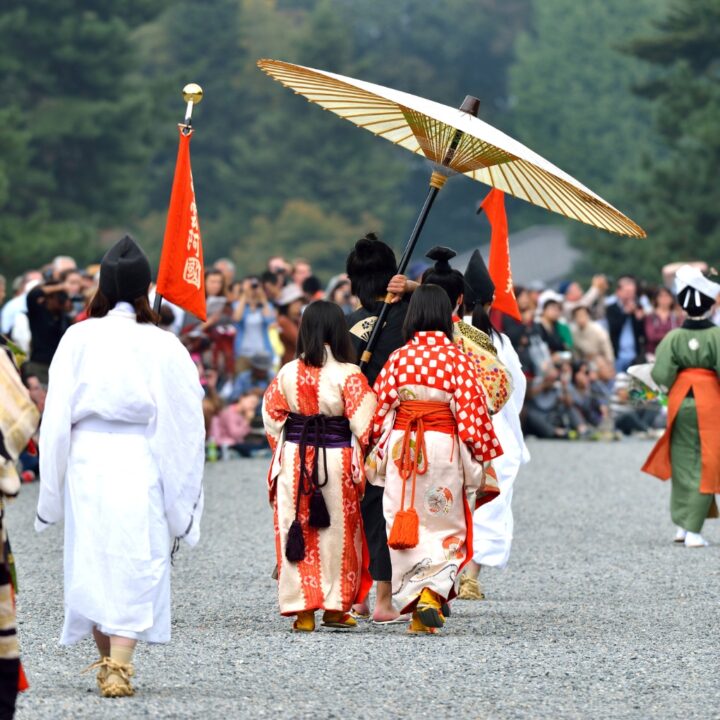
A Masterful Historical Pageant Brought to Life by Citizen Passion
The costumes and props in the Jidai Matsuri Parade are meticulously recreated based on thorough historical research. From the twelve-layered robes of the Heian period to the katabira hunting attire of the Edo period, savor the authentic fashions of each era. This realism is made possible by the passion of the citizens who participate in the parade, channeling the spirit of historical pageantry into a beautiful spectacle that invokes awe.
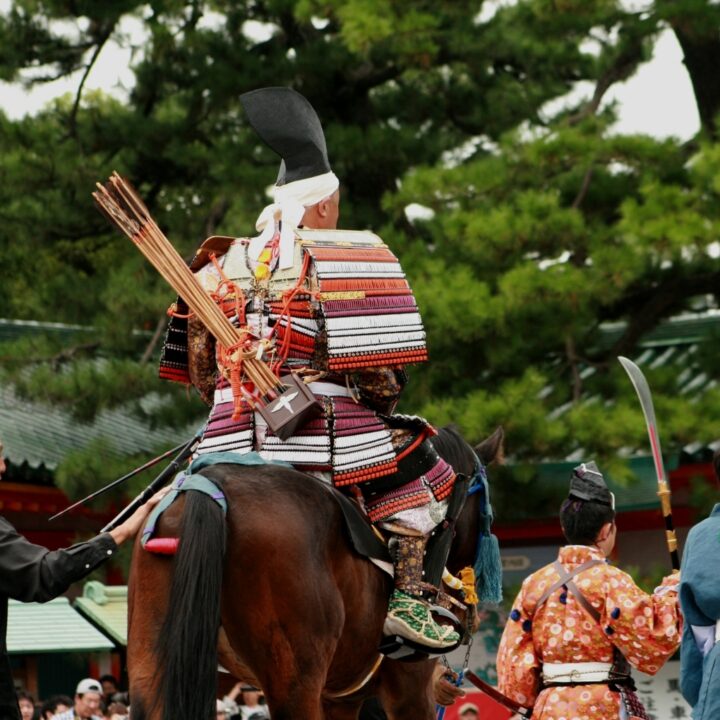
The solemn dedication of the Jidai Matsuri to Heian Jingu Shrine.
The Parade's Solemn Finale at Heian Jingu Shrine Concluding the vibrant Jidai Matsuri Parade is the sacred procession carrying the deities of Heian Jingu Shrine. The two phoenix-crested mikoshi portable shrines, accompanied by the melodies of gagaku court music, exude an atmosphere of solemnity befitting the core purpose of the festival. Feel the essence of this celebration, commemorating the 1,100th anniversary of the capital's relocation to Heian-kyo while giving thanks to the guardian deities of the city.
Information
| Name in Japanese | 時代祭 |
| Telephone | 075-761-0221 |
| Schedule | October 22 (To be postponed in case of rain) |
FAQ
What can you tell me about the crowds and viewing spots for the Jidai Matsuri?
On thspots include the area around the Kenreimon Gate of the Kyoto Imperial Palace grounds and the intersection in front of Heian Jingu Shrine, where you may need to line up early in the morning to secure a spot. For a more leisurely viewing experience, paid seating is recommended, allowing you to enjoy the parade from a chair while consulte day of the festival, spectators flock to the parade route. Popular ing an explanatory brochure.
What happens if it rains on the day of the Jidai Matsuri?
In case of rain, the Jidai Matsuri will be postponed. The decision to postpone is made early in the morning on the scheduled day and announced on the official website of Heian Jingu Shrine. If postponed, the festival will be held on the next sunny day, so visitors should adjust their schedules accordingly. Be sure to prepare appropriate clothing and rain gear depending on the weather.
Can you briefly explain the origins and history of the Jidai Matsuri?
The Jidai Matsuri began in 1895 (Meiji 28) to commemorate the 1,100th anniversary of the relocation of the capital to Heian-kyo. During the 4th National Industrial Exhibition, ceremonies were held to celebrate the founding of Heian Jingu Shrine and the anniversary of the capital’s relocation, with the Jidai Matsuri Parade taking place on the final day. Since then, it has been cherished as an autumn tradition in Kyoto, continuing uninterrupted into the Reiwa era.

